Over 65.1 million USD road connecting Bac Ninh and Bac Giang opens to traffic
BAC GIANG - On the morning of April 28, Bac Ninh Province held a technical opening ceremony for the provincial road 295C, provincial road 285 and provincial road 277B, which connect to Ha Bac 2 Bridge, Ring Road 4 and National Highway 3, with a total investment of nearly 1,500 billion VND (over 65.1 million USD).
The project, implemented from 2022 to 2025, spans more than 18 kilometers through Bac Ninh City and Yen Phong District (Bac Ninh Province). It connects industrial parks to National Highway 3 while also linking Ring Road 4 with Bac Giang Province via Ha Bac 2 Bridge.
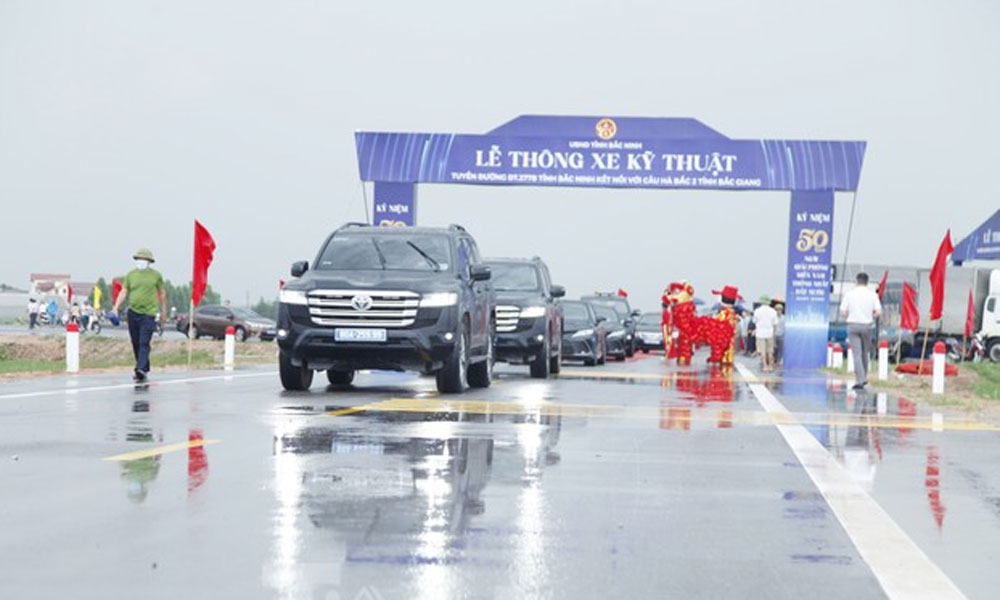 |
|
Bac Ninh province opens road connecting with Bac Giang province. |
According to Vuong Quoc Tuan, Alternate Member of the Party Central Committee and Chairman of the Bac Ninh Provincial People’s Committee, this is a crucial project that connects the northeastern region of Bac Ninh with the national highway network, facilitating convenient transportation to the Hanoi Capital Region as well as Bac Giang and Thai Nguyen provinces.
To date, along the Cau River, including Ha Bac 2 Bridge, there are now five bridges connecting Bac Ninh and Bac Giang provinces. These bridges not only shorten the geographical distance but also strengthen economic flows and deepen the historical and cultural ties between the two provinces.
In recent years, Yen Phong District (Bac Ninh) and Viet Yen Township (Bac Giang) have emerged as dynamic “industrial hubs” of Northern Vietnam, hosting many large-scale industrial parks and serving as production bases for major global corporations such as Samsung, Amkor, Goertek and Foxconn.
The completion and opening of Ha Bac 2 Bridge holds strategic significance, serving as a powerful catalyst for connecting the industrial production chains of the two localities and forming a key industrial zone with top competitiveness nationwide.
According to the development plan following the merger of Bac Ninh and Bac Giang provinces, there will be 12 bridges crossing the Cau River.
This is expected to lay a vital foundation for planning and developing a modern, synchronized industrial city along the river, with immense growth potential and a long-term vision for the next century.
 Bắc giang
Bắc giang
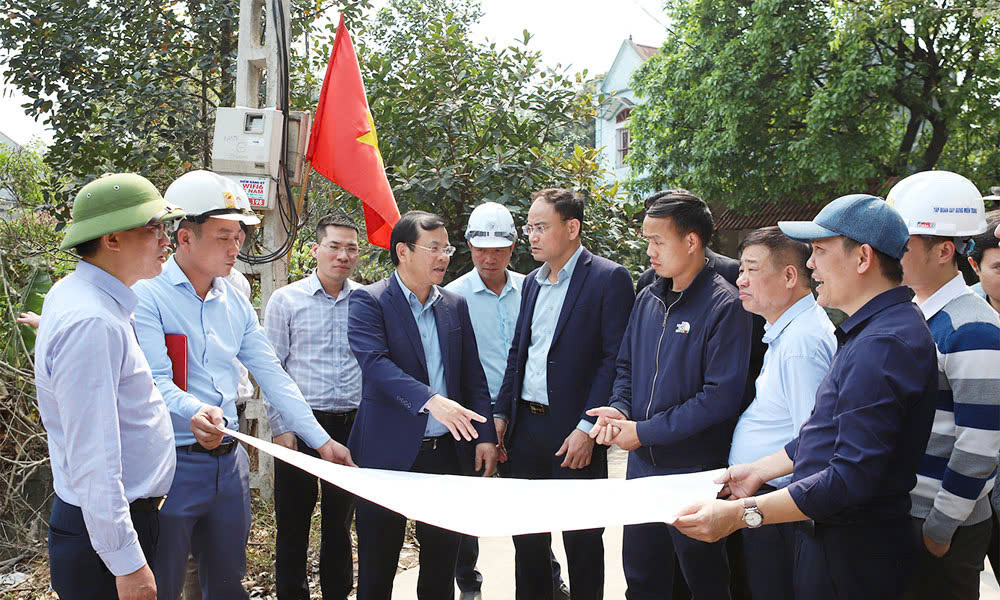

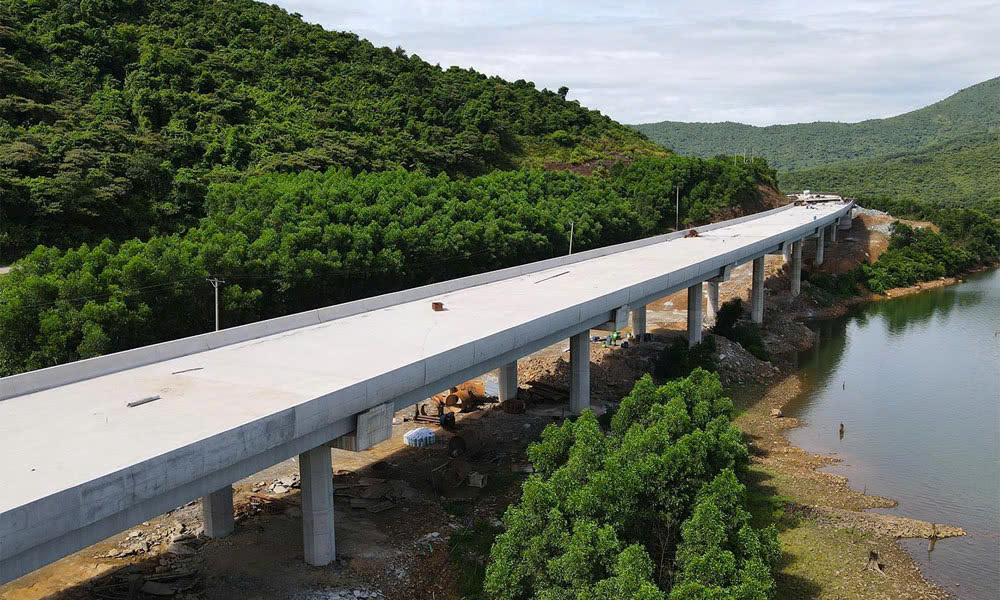
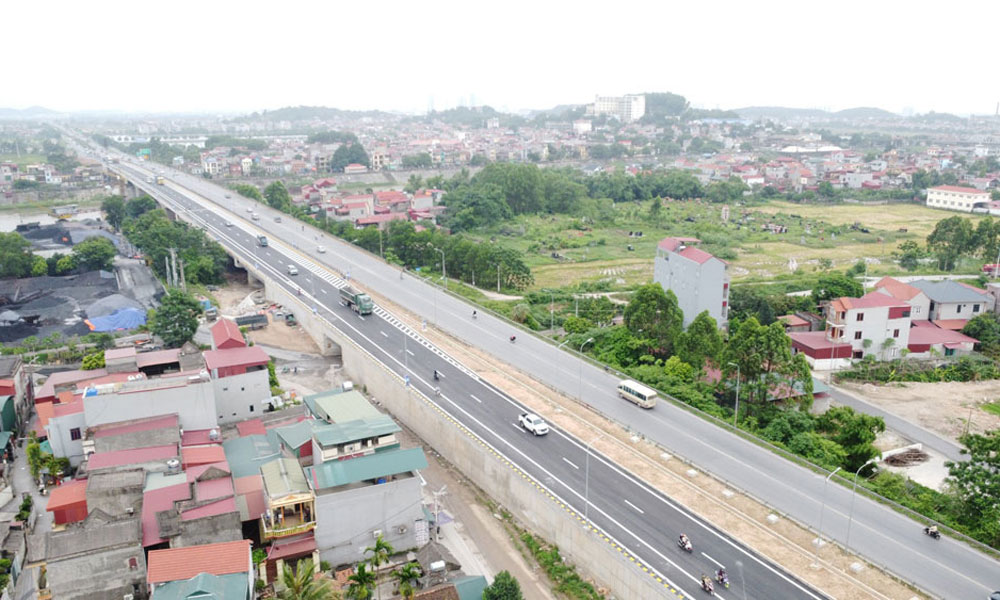

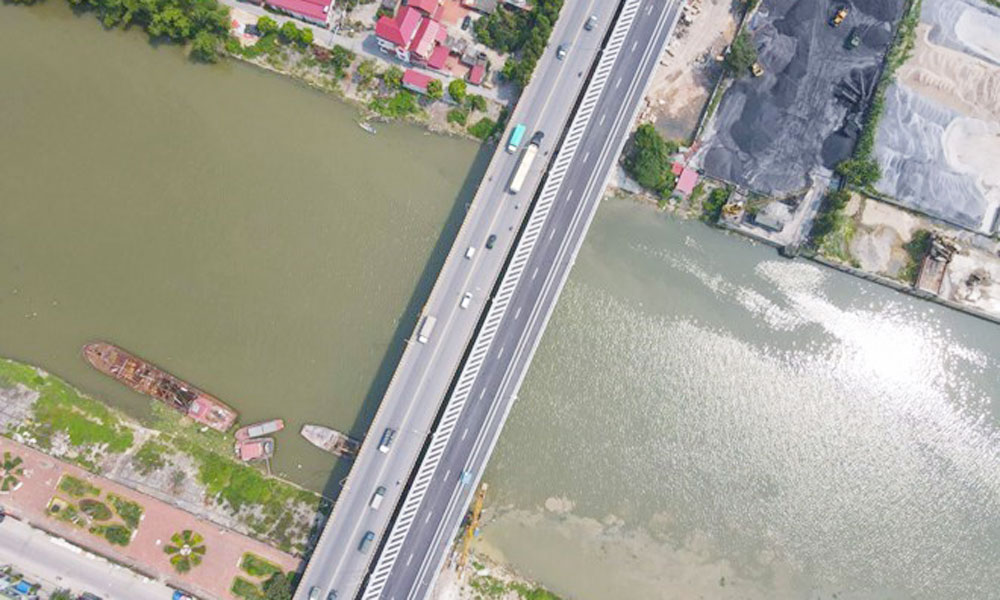



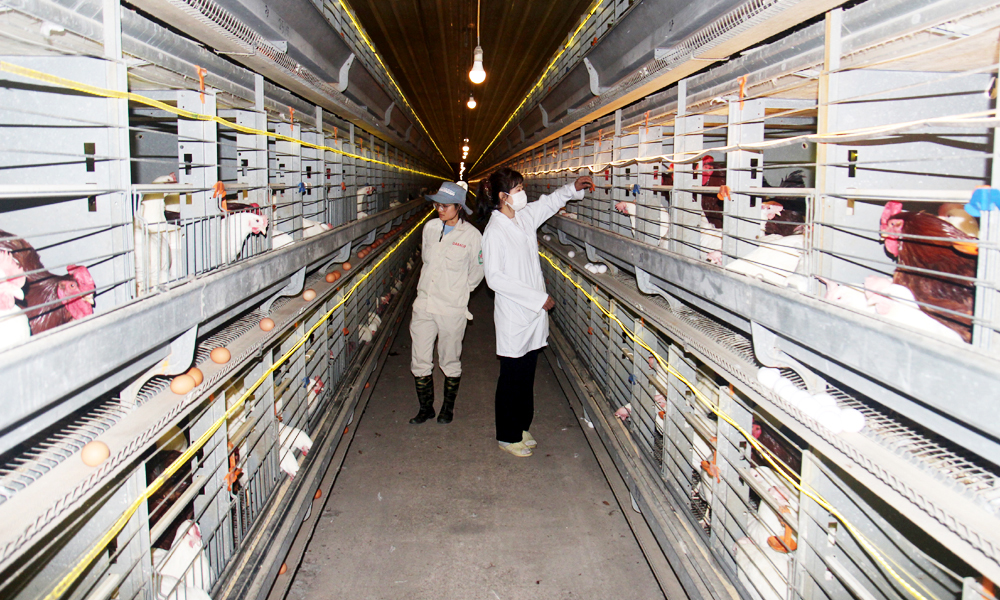
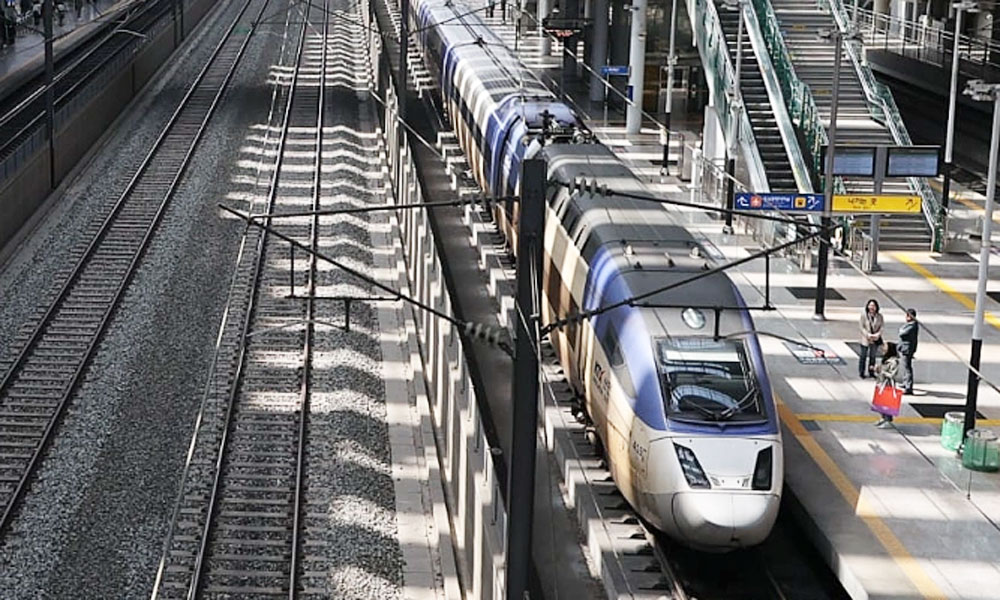


Reader's comments (0)